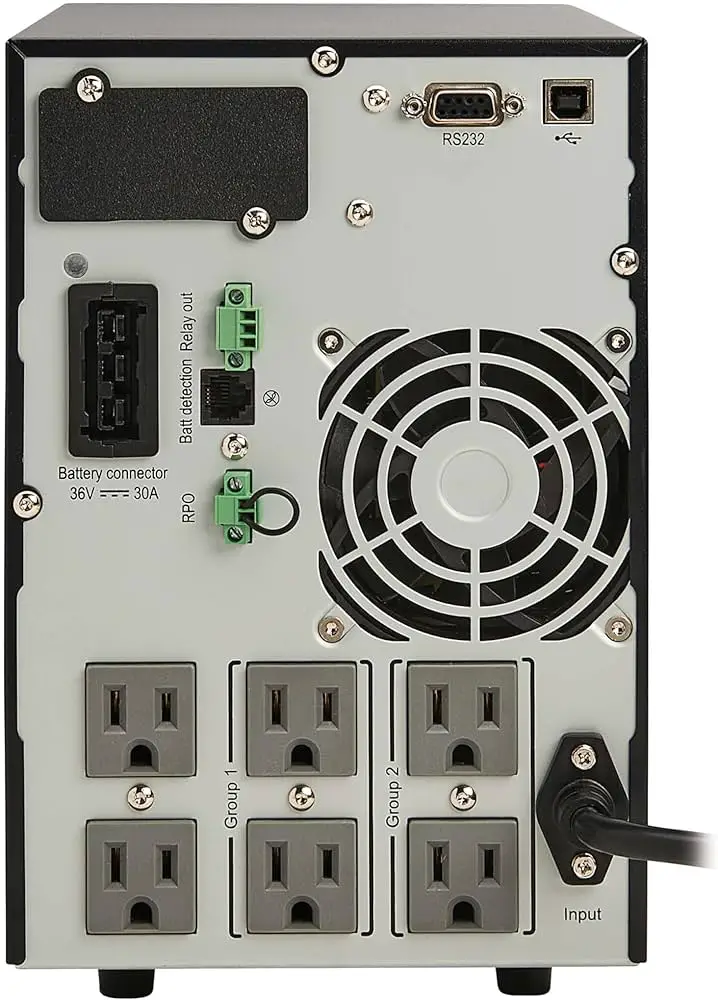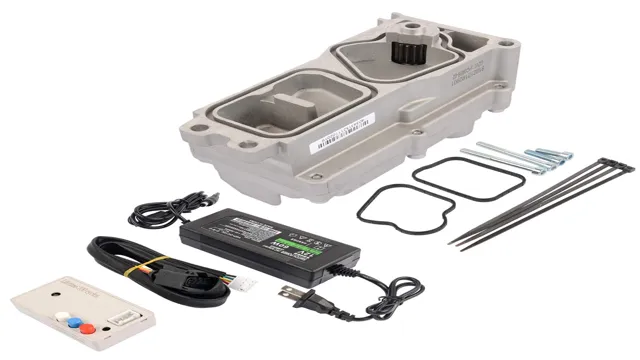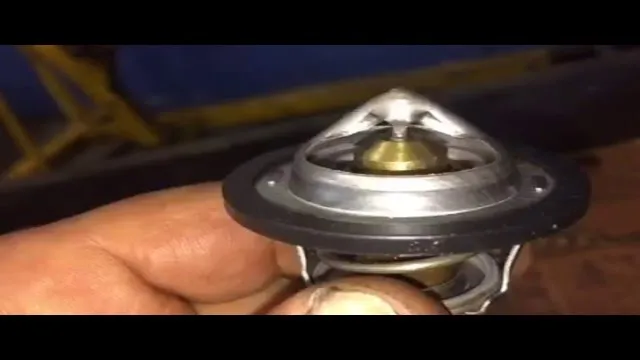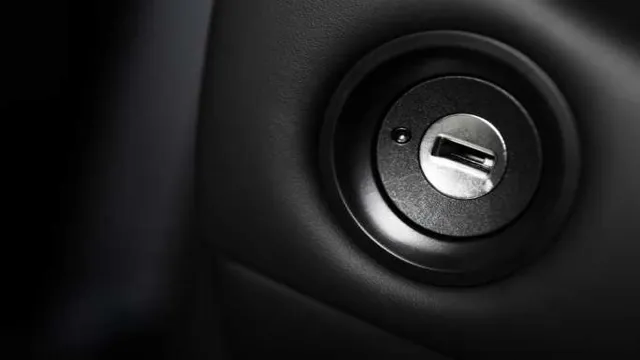How to Bypass Battery Saver Relay : Ultimate Hacks for Efficiency
Many modern vehicles are equipped with battery saver relays that automatically switch off certain electrical systems to prevent the battery from draining when the engine is off. While this feature is designed to prolong the life of the battery, there are times when you may need to bypass the battery saver relay for troubleshooting or maintenance purposes.

Credit: www.wired.com
Understanding the Battery Saver Relay
Before we delve into the process of bypassing the battery saver relay, it’s important to have a basic understanding of what it does. The battery saver relay is typically responsible for shutting off power to non-essential electrical components such as interior lights, power windows, and radio after a certain period of time to prevent the battery from being drained.
When to Bypass the Battery Saver Relay
There are a few scenarios where you may need to bypass the battery saver relay:
- Testing electrical components: If you need to test a specific electrical component that is powered by the battery saver relay, bypassing it can help determine if the component is functioning properly.
- Diagnostic purposes: When troubleshooting electrical issues, bypassing the battery saver relay can help isolate the problem.
- Maintenance and repairs: In some cases, bypassing the relay may be necessary when performing maintenance or repairs on the electrical system of the vehicle.
Step-by-Step Guide to Bypassing the Battery Saver Relay
Now that we understand the reasons for bypassing the battery saver relay, let’s walk through the process step by step:
Step 1: Gather The Necessary Tools
Before you start, gather the tools you’ll need for the job. This might include a socket set, wire strippers, electrical tape, and a multimeter for testing electrical connections.
Step 2: Locate The Battery Saver Relay
The battery saver relay is typically located in the vehicle’s fuse box or under the dashboard. Refer to the owner’s manual or a service manual for your specific vehicle to find the exact location.
Step 3: Disconnect The Battery
Whenever working on the electrical system of a vehicle, it’s important to disconnect the battery to prevent any electrical hazards. Use a socket wrench to loosen the nut on the negative terminal of the battery and then remove the negative cable.
Step 4: Identify The Relay Terminals
Once you’ve located the battery saver relay, identify the terminals that control the flow of power. These are typically labeled on the relay itself, but you can also refer to the vehicle’s wiring diagram for more detailed information.
Step 5: Bypass The Relay
Using a length of appropriately sized wire, create a bypass that directly connects the power source to the electrical component you want to power. Use wire strippers to expose the copper wire and then securely connect it to the appropriate terminals, ensuring a solid electrical connection. Use electrical tape to insulate the connections and prevent any short circuits.
Step 6: Test The Electrical Component
Once you’ve bypassed the battery saver relay, it’s time to test the electrical component to ensure it is receiving power. Reconnect the battery and test the component to verify that it is functioning as expected.
Safety Considerations
When working on a vehicle’s electrical system, it’s important to observe all necessary safety precautions. Always disconnect the battery before working on any electrical components, and use caution when handling live wires to avoid the risk of electrical shock or short circuits.
Frequently Asked Questions For How To Bypass Battery Saver Relay : Ultimate Hacks For Efficiency
What Is A Battery Saver Relay?
A battery saver relay is a device that helps to prevent the vehicle’s battery from draining excessively.
Why Would You Need To Bypass A Battery Saver Relay?
Bypassing a battery saver relay may be necessary if you need to override its function for testing or troubleshooting purposes.
How Can You Bypass A Battery Saver Relay?
To bypass a battery saver relay, you can use a jumper wire or manually rewire the circuit to temporarily disable its function.
Is It Safe To Bypass A Battery Saver Relay?
Bypassing a battery saver relay should be done with caution and only for temporary troubleshooting purposes to prevent damage to the vehicle’s electrical system.
Conclusion
Bypassing the battery saver relay can be a useful technique for testing, diagnostics, and maintenance purposes. However, it’s crucial to do so carefully and with a clear understanding of the electrical system of the vehicle. If you’re unsure about any aspect of bypassing the relay, it’s best to consult a professional mechanic or an automotive electrician to ensure the job is done safely and correctly.







